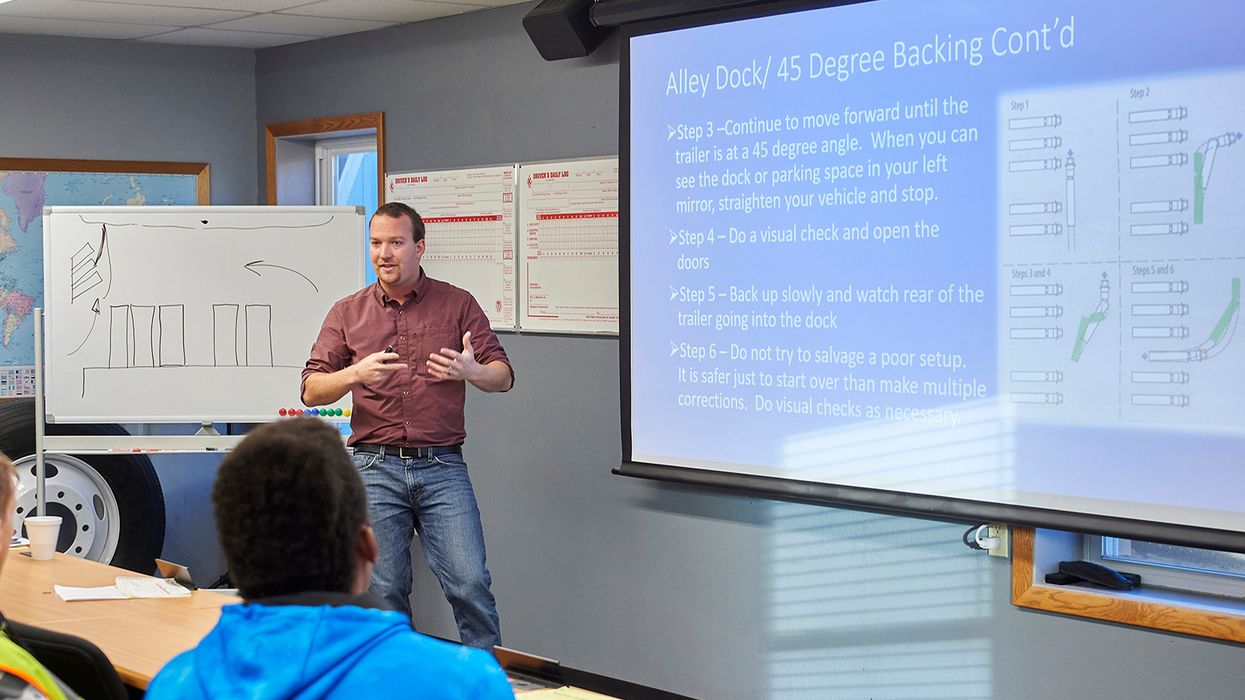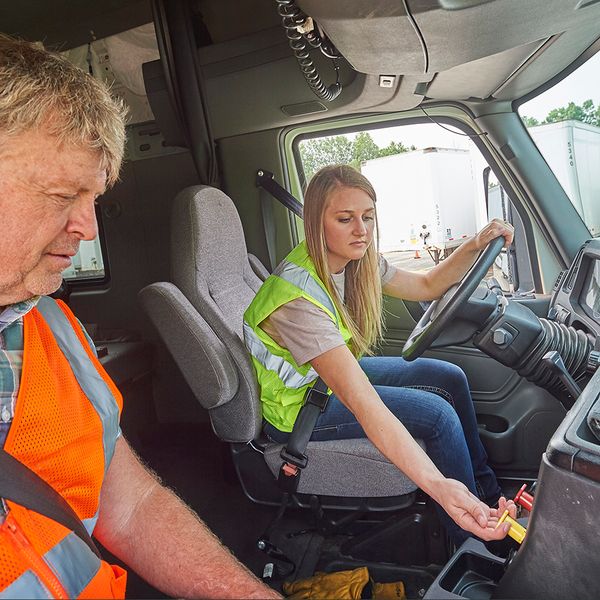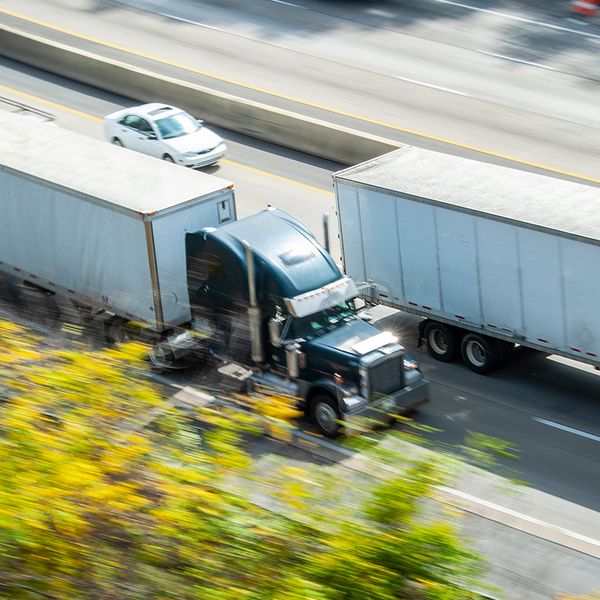What does it take to become an entry-level driver training provider?
We’ve received several questions recently from motor carriers asking if they should offer entry-level driver training (ELDT). Motor carriers certainly can offer ELDT, but with the new ELDT rule that came into effect on February 7, 2022, all training providers are required to be listed on the Federal Motor Carrier Safety Administration’s (FMCSA) Training Provider Registry (TPR). This means meeting certain requirements for training facilities, equipment, instructors, and curriculum. Before deciding whether your carrier should offer ELDT, make sure to know what it entails.
Who can become a registered training provider?
Anyone who can meet all of the requirements and who is listed on the TPR can be a training provider. Common training providers include:
- Training schools,
- Motor carriers,
- State/local governments,
- School districts,
- Owner-operators, and
- Individuals.
What kinds of facilities and equipment are required of training providers?
The Federal Motor Carrier Safety Regulations (FMCSRs) don’t provide very much information about the minimum facility requirements to be an ELDT provider. Section 380.709 states that “The training provider’s classroom and range facilities must comply with all applicable Federal, State, and/or local statutes and regulations.” The only other information provided by the regulations is found in the definition of “range” found in 380.605, which states “Range means an area that must be free of obstructions, enables the driver to maneuver safely and free from interference from other vehicles and hazards, and has adequate sight lines.”
Your best bet is to first decide whether you want to offer theory, behind-the-wheel, or both, then find out what your state’s requirements are.
Regarding equipment, 380.711 specifies that “all vehicles used in the behind-the-wheel training must comply with applicable Federal and State safety requirements” and that “vehicles must be in the same group and type that driver-trainees intend to operate for their CDL skills test.” Be sure to check whether your state has any additional requirements regarding facilities or equipment.
Who can teach ELDT?
The FMCSRs are much more specific about the qualifications of trainers. Per 380.605, behind-the-wheel (BTW) and theory instructors must meet one of these qualifications:
- Holds a CDL of the same (or higher) class and with all endorsements necessary to operate the CMV for which training is to be provided and has at least two years of experience driving a CMV requiring a CDL of the same or higher class and/or the same endorsement and meets all applicable State qualification requirements for CMV instructors; or
- Holds a CDL of the same (or higher) class and with all endorsements necessary to operate the CMV for which training is to be provided and has at least two years of experience as a BTW CMV instructor and meets all applicable State qualification requirements for CMV instructors.
Note that if an instructor’s CDL has been cancelled, suspended, or revoked due to any of the disqualifying offenses identified in 383.51, the instructor is prohibited from engaging in BTW instruction for two years following the date the CDL is reinstated.
Exceptions: BTW range and theory instructors are not required to hold a CDL of the same (or higher) class and with all endorsements necessary to operate the CMV for which training is to be provided, if the instructor previously held a CDL of the same (or higher) class and complies with all other requirements.
What must be covered in training?
The FMCSRs outline the curriculum for each type of ELDT — Class A, Class B, upgrade, hazmat endorsement, passenger endorsement, and school bus endorsement — in the appendices to Part 380. FMCSA does not provide training materials or assessments, so you must either create these yourself or purchase them from a vendor.
My organization meets all the requirements. Now what?
Once you meet all of the requirements to become a training provider, the next step is to apply to be listed on the TPR. Once your application is accepted, you may enter your training location(s). Once this step is completed, your organization will appear on the TPR.
Key to remember: Organizations that wish to provide ELDT and be listed on the Training Provider Registry must first make sure they meet all state and federal requirements for training facilities, equipment, instructors, and curriculum.

















































